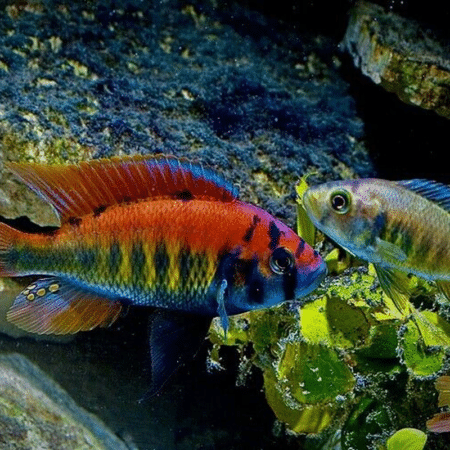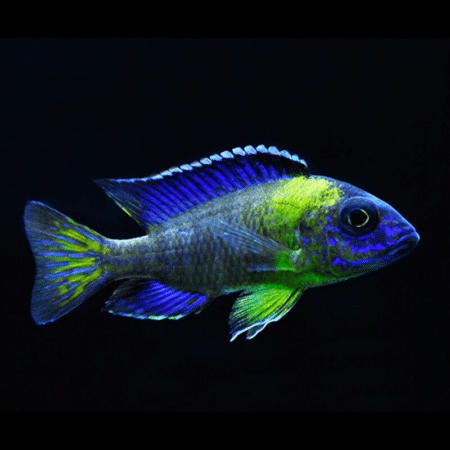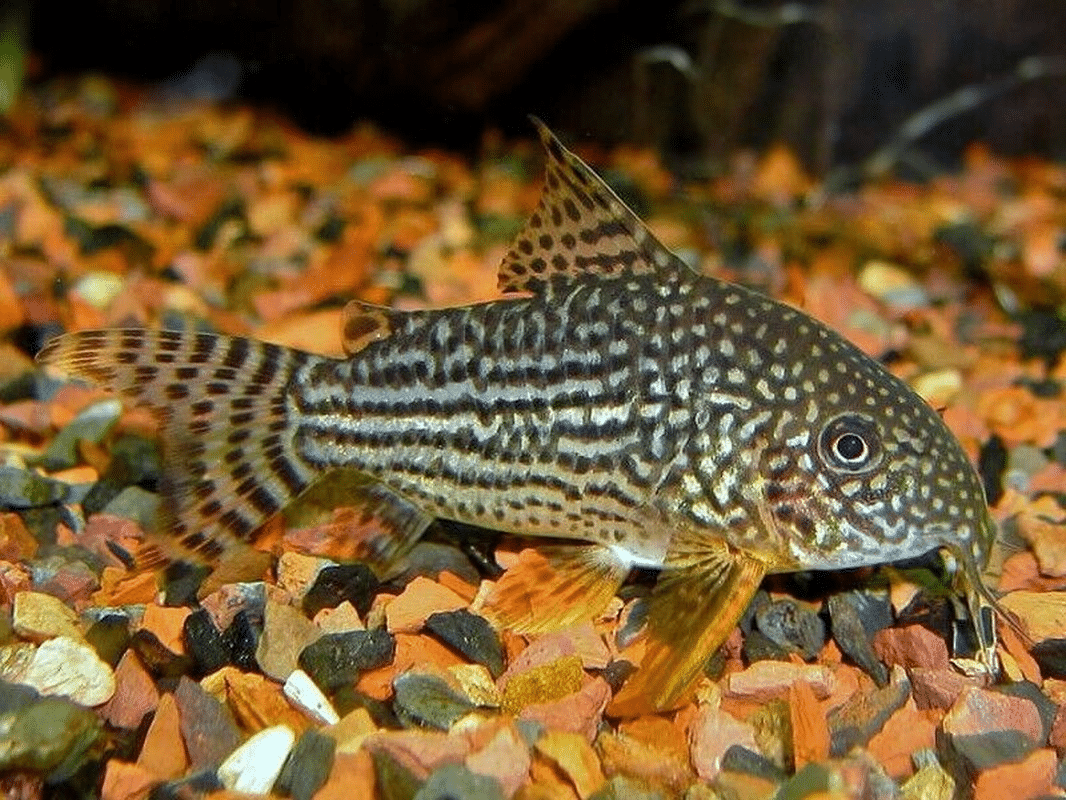-
×

-
×

-
×

-
×

-
×

-
×

-
×

Subtotal: £97.58












Emily Parker (verified owner) –
I recently added two Sterba’s Corydoras to my 30-gallon community tank, and I couldn’t be happier! These little catfish are not just stunning with their unique patterns, but they also have such vibrant personalities. After about two weeks of observing them, I’ve noticed how they scurry around the substrate, happily searching for food and interacting with my other fish. Their playful behavior brings an entirely new dynamic to my aquarium.
I’ve kept other cory catfish species before, but the Sterba’s are truly special. They seem to thrive better in my tank conditions, which might be due to their adaptability. The shipping was prompt, and they arrived healthy and lively, showing no signs of stress at all. My only minor concern is that they can be a bit shy initially, so I recommend giving them plenty of hiding spots to help them feel secure.
If you’re looking to add charm and character to your aquarium without compromising fish welfare, I wholeheartedly recommend the Sterba’s Corydoras! Perfect for both novice and experienced aquarists alike. These catfish are a joy to keep and will enrich your aquatic environment tremendously.
Emily Carter (verified owner) –
I recently added 2 Sterba’s Cory (Corydoras Sterbai) to my community aquarium, and I couldn’t be happier with my purchase! These little guys are just stunning, with their soft, graceful movements gliding across the substrate. After about two months in my tank, they’ve become the stars of the show. Their peaceful nature makes them perfect for beginners like me, and they really bring a lively touch to my setup without any hassle. I initially worried about their compatibility, but they’ve settled in beautifully alongside my other fish.
One of the features I adore is how they thrive in groups; they’re not just catfish, they’re social little creatures! I did notice they love to hide among the plants and decorations, which is something to consider if you have a more open tank. My only tiny complaint is that they can be a bit shy at first, but once they feel safe, they’re out and about! I’d highly recommend the Sterba’s Cory for anyone looking to enhance their aquarium with low-maintenance yet charming companions. They truly exemplify what it means to have happy, healthy fish in your tank!